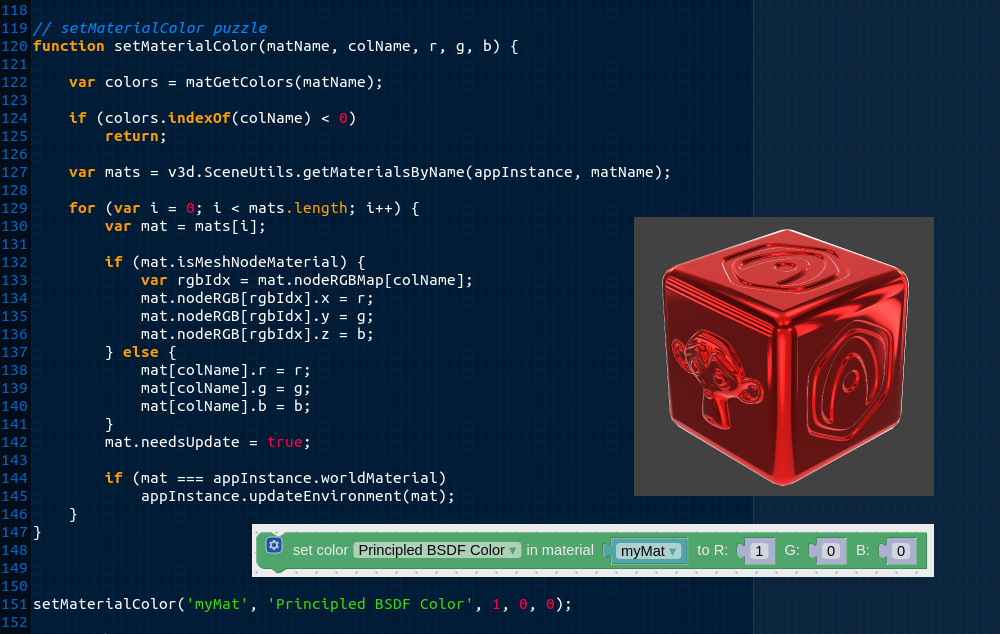JavaScript is an essential programming language for creating interactive and dynamic websites. Functions are one of the fundamental building blocks of JavaScript that allow developers to create reusable code snippets that can be called multiple times throughout a program. In this article, we will explore the basics of creating functions in JavaScript and demonstrate how they can be used to improve code efficiency and organization.
Defining Functions in JavaScript
In JavaScript, functions are defined using the function keyword followed by the name of the function, a list of parameters in parentheses, and a set of curly braces containing the function’s code. For example:
function greet(name) {
console.log("Hello, " + name + "!");
}
This function takes one parameter name and logs a greeting message to the console. To call this function, we simply need to use the function name followed by the parameter value(s) in parentheses. For example:
greet("John");
This would output Hello, John! to the console.
Function Parameters and Return Values
Functions can take zero or more parameters, which are values that are passed to the function when it is called. These parameters can be used within the function to perform calculations, manipulate data, or execute other code.
Functions can also return values using the return keyword. For example:
function addNumbers(a, b) {
return a + b;
}
let sum = addNumbers(2, 3);
console.log(sum); // outputs 5
This function takes two parameters a and b and returns their sum using the return keyword. We can then assign the return value of the function to a variable and use it later in our code.
Function Scope
In JavaScript, variables defined within a function are only accessible within that function’s scope. This means that variables defined outside of a function can be accessed by any function within the same scope, but variables defined inside a function cannot be accessed outside of that function. For example:
let globalVar = "I'm global!";
function myFunction() {
let localVar = "I'm local!";
console.log(globalVar); // outputs "I'm global!"
console.log(localVar); // outputs "I'm local!"
}
console.log(globalVar); // outputs "I'm global!"
console.log(localVar); // throws a ReferenceError
This code defines a global variable globalVar that can be accessed by any function in the same scope, including myFunction(). However, the variable localVar is defined inside myFunction() and cannot be accessed outside of it.
Function Expressions and Arrow Functions
In addition to the traditional function syntax, JavaScript also supports function expressions and arrow functions. Function expressions allow us to define functions as variables and pass them as arguments to other functions. Arrow functions are a shorthand syntax for defining functions that use the => operator. For example:
// Function expression
const multiply = function(a, b) {
return a * b;
};
// Arrow function
const divide = (a, b) => {
return a / b;
};
These two functions are equivalent to the function syntax we saw earlier but use alternative syntaxes.
Conclusion
Functions are a crucial aspect of JavaScript programming and allow developers to write efficient, reusable code. By understanding the basics of function syntax, parameters and return values, scope, and function expressions, you can write more complex programs with ease. With this knowledge, you can create high-quality JavaScript code that ranks highly in search results and provides a great user experience.




